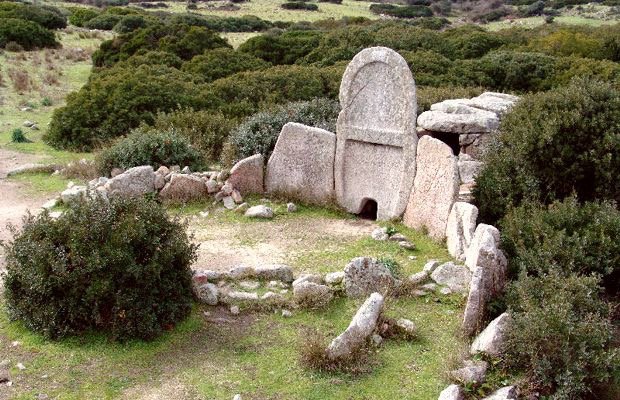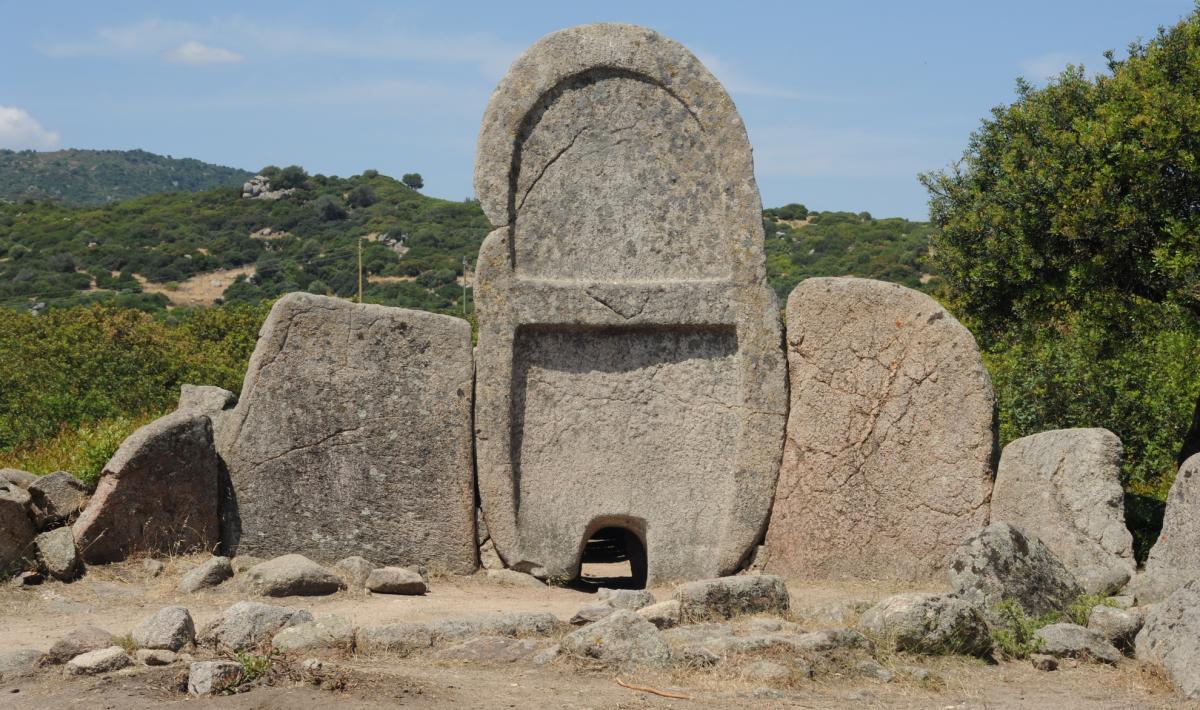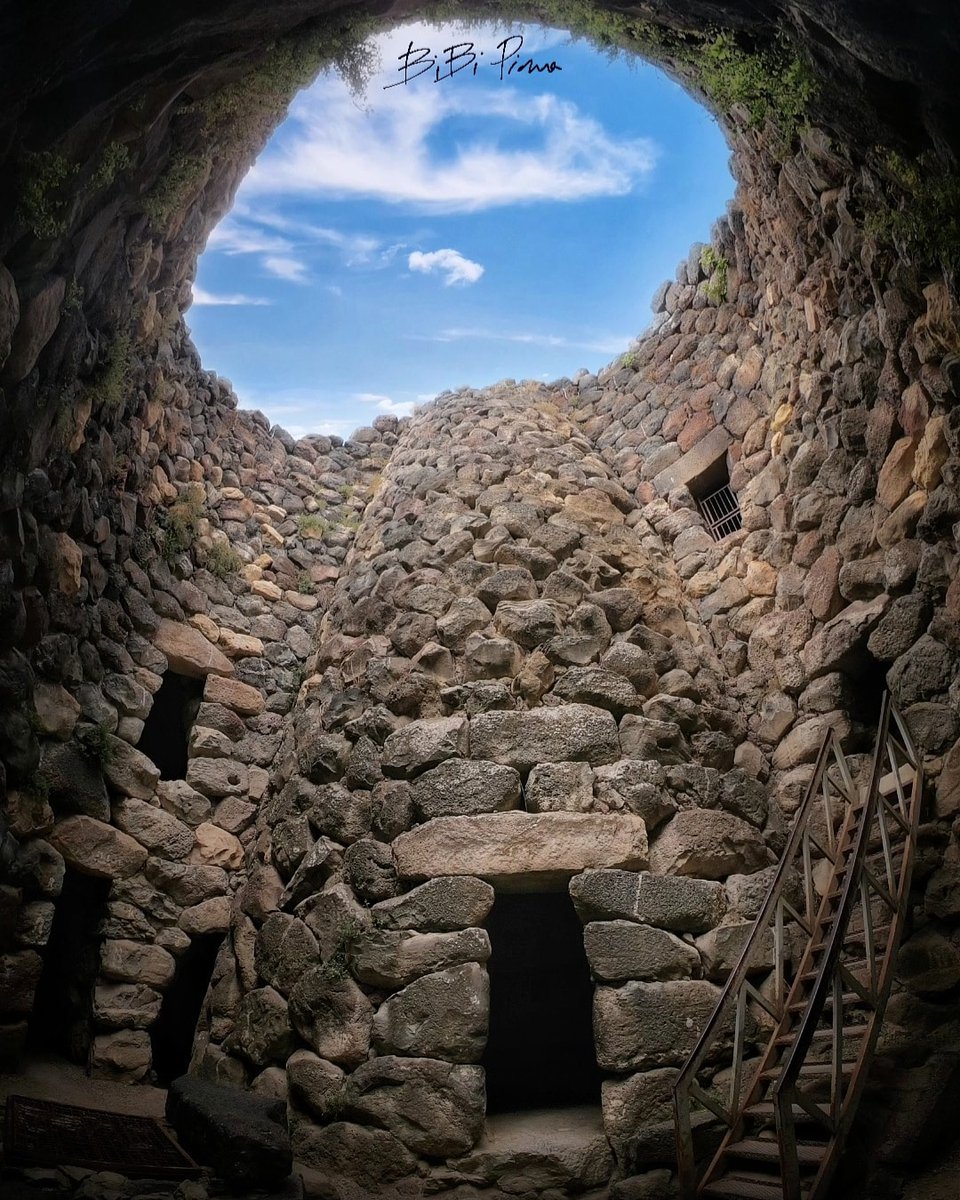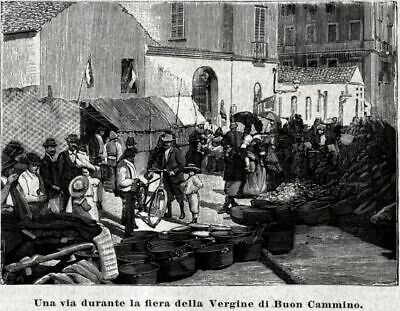
**NOVENARIOS and Sardinian countryside churches**
Cumbessias, muristenes, lollas: thread about the Sardinian religious festivals which last 9 consecutive days.
📸 Santa Cristina of Paulilatino
Cumbessias, muristenes, lollas: thread about the Sardinian religious festivals which last 9 consecutive days.
📸 Santa Cristina of Paulilatino

In Sardinia, festivals are sacred. It's an old and peculiar tradition, in which people from everywhere in Sardinia gathers around a countryside church to celebrate for nine days. This span of time is called novena and the place where people lived together is the novenario.
There have been many ethnological studies about the rules and culture of the novenas. During the festival, people were all equal. There was no difference between rich and poor; everyone was the same and they interacted at equal level.
Showing off richness was a must and-
Showing off richness was a must and-
-people were "obliged" to wear the most beautiful dresses and jewels. People lived together for nine days, in small houses with only a fireplace. These houses are called cumbessìas around Nuoro, muristénes around Oristano, lollas around Cagliari.
The origin of the name cumbessias is not certain, while muristenes derives from the medieval 'monasteries'. People came in contact with people of other towns and neighbourhoods, building new relationships and usually tying up marriages.
It was a time for feast, joy, dances,-
It was a time for feast, joy, dances,-
-and songs. People got drunk and stayed up late. Women baked and brought sweets to the novenario, on horseback or on adorned carts. It was during this time that boys and girls could flirt freely and they hoped to find a partner.
Everything was done in honour of some Saint.
Everything was done in honour of some Saint.
"It's for the Saint! (S)he wants us to be happy and celebrate!" It was seen as a debt to be paid annually.
Novenarios rise beside countryside churches, in the middle of the country or up steep mountains, where people had difficulty in finding refuge.
Novenarios rise beside countryside churches, in the middle of the country or up steep mountains, where people had difficulty in finding refuge.
Countryside churches are very common in Sardinia, usually rising around villages which don't exist anymore. They're simple and small churches, often just painted white.
Some of the most famous novenarios are Santa Maria of Monte Gonare, Sarule/Orani ⬇️


Some of the most famous novenarios are Santa Maria of Monte Gonare, Sarule/Orani ⬇️



The origin of the tradition is clearly related to the medieval monasteries, as the name suggested, but there are hints it could be older than that. Roman sources speak of the use of Ancient Sardinians to "sleep next to their heroes" for days, in search of some prophetic dream-
-or peace. The heroes are likely a cult of the ancestors. We have two important sites, the sacred Nuragic wells of Santa Cristina and Santa Vittoria which clearly show structures very similar to the novenarios: circular constructions with small rooms opening on a yard. 





This is likely where Ancient Sardinians went to spend their nights in search of answers, next to important holy sites.
The holiness remained; in fact Santa Cristina in Paulilatino hosts one of the most beautiful novenarios with a yard full of olive trees. The cult of ancestors-

The holiness remained; in fact Santa Cristina in Paulilatino hosts one of the most beautiful novenarios with a yard full of olive trees. The cult of ancestors-
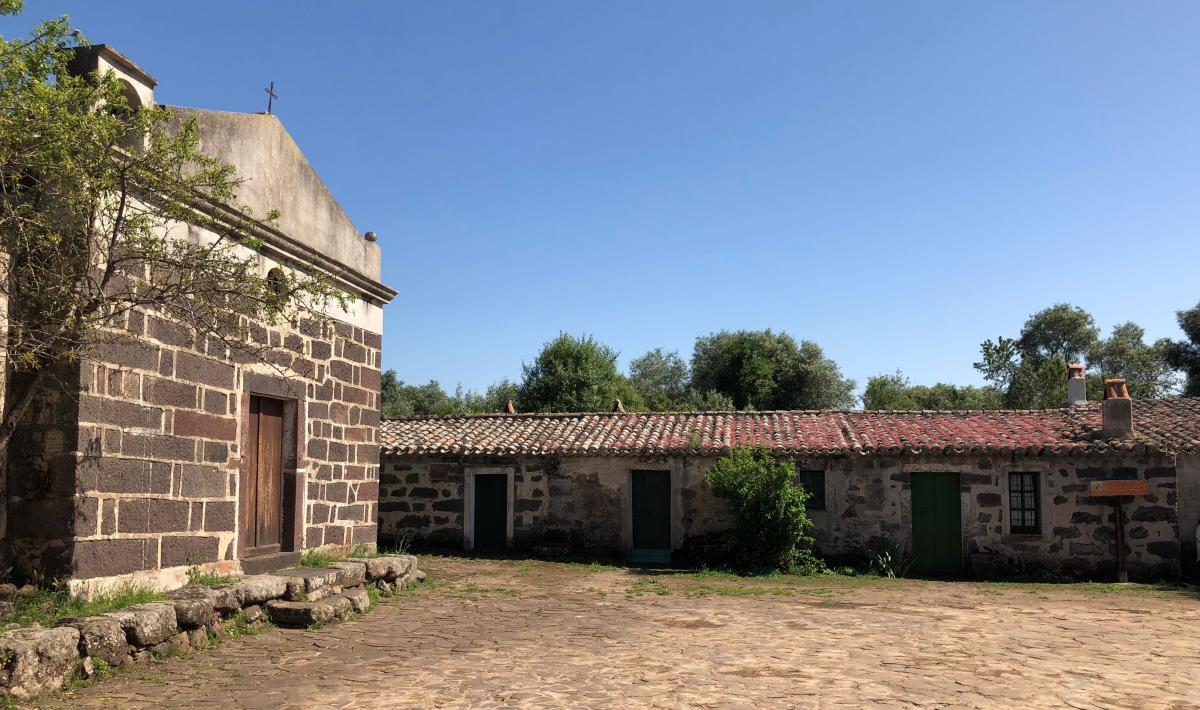

-became the cult of saints. After millennia, people still go to the same places to pray, no matter the cultural changes and political dominations that followed. 



• • •
Missing some Tweet in this thread? You can try to
force a refresh











